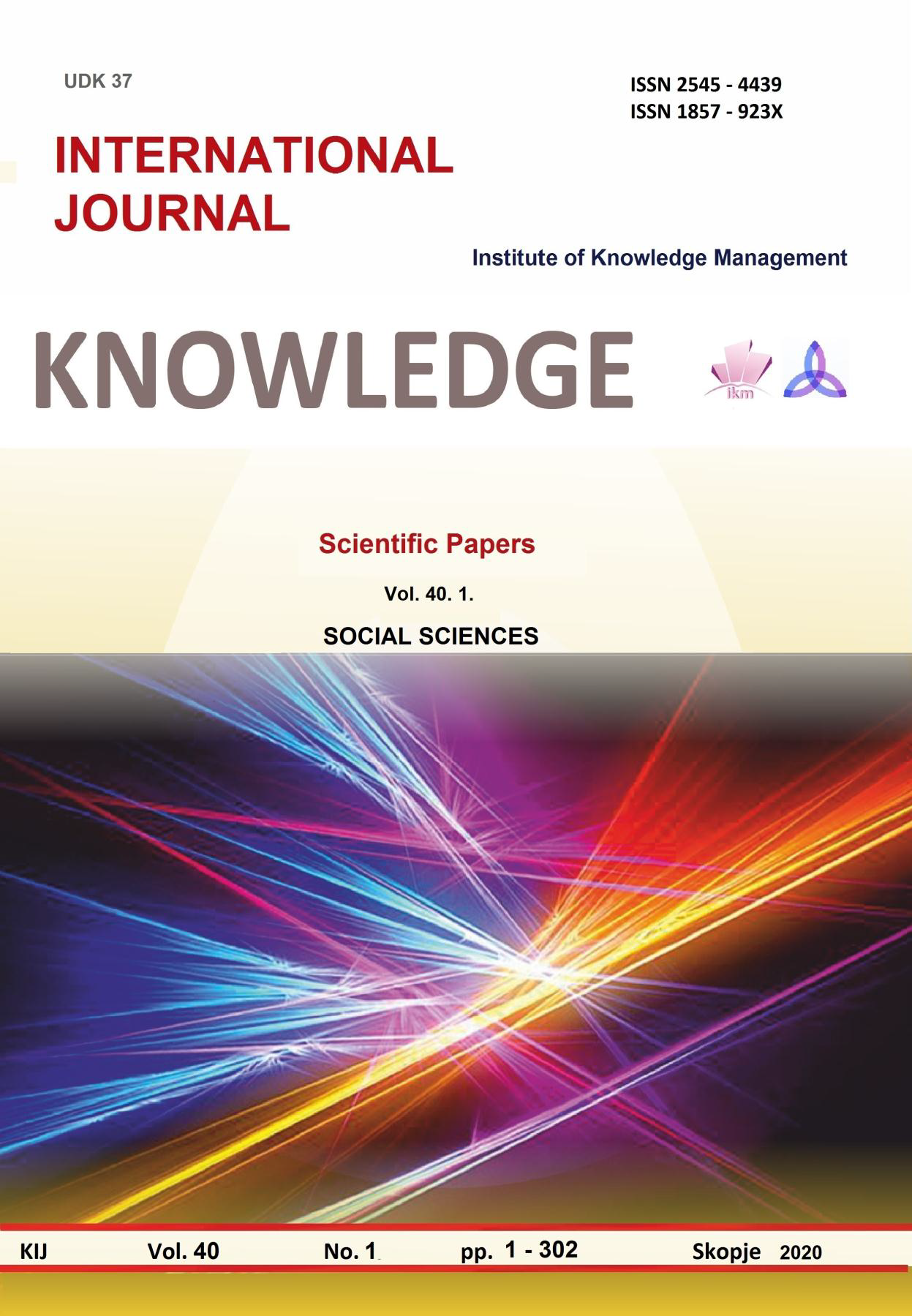ANALIZA TEORIJSKE I EMPIRIJSKE LITERATURE ODNOSA ŠTEDNJE I EKONOMSKOG RASTA
ANALYSIS OF THE THEORETICAL AND EMPIRICAL LITERATURE ON THE RELATIONSHIP BETWEEN SAVINGS AND ECONOMIC GROWTH
Author(s): Irma ĐidelijaSubject(s): Social Sciences
Published by: Scientific Institute of Management and Knowledge
Keywords: saving; economic growth; endogeneity of savings and economic growth
Summary/Abstract: Accelerating the process of economic growth and maintaining macroeconomic stability are very important economic issues. The positive changes in the well-being of people in the world are influenced by the process of wealth creation. In developing countries, this issue is not only analytically interesting, but is of crucial practical importance. The relative role of capital accumulation, as a driving force in the rate of growth of output and national income, is one of the convergences in the developing economy. Generally, growth is a process with pronounced volatility, so even an individually viewed economy can go through different stages of a growth regime, from full bloom to stagnation and collapse. The process of growth volatility is particularly emphasized if foreign saving is used as a source of financing for growth, and that foreign saving remains uncertain, sources of funds that can stop abruptly, requiring macroeconomic adjustments and creating a crisis. Therefore, it is important to consider domestic sources of financing for growth in the form of domestic capital accumulation. Domestic savings can be an important catalyst for growth, and higher savings rates can invest in growth. The causal link between savings and economic growth has been extensively discussed in the economic growth and development literature, but the question of these relationships has not yet been unequivocally determined. The Kenyan theory says that in fact growth, that is, investment, encourages capital accumulation, saving. According to Kenyan theory, firms' investments encourage the accumulation of capital necessary to finance economic growth rather than saving the population. Harrod-Domar's growth model is, in fact, an early post-Kenyan theory that showed that economic growth is conditioned on the level of savings and capital productivity, based on the principle that there is no natural reason for a particular economy to have steady economic growth. The Solow-Swan model of growth is also included in the category of exogenous growth theories, based on the principle of neoclassical economics. The theory is an upgrade of the Harrod-Domar model, where in addition to saving, other components have entered as an important determinant of economic growth, such as: technological advancement and / or productivity factors (labor or population growth). According to Solow-Swan's model of economy has achieved a stable stability of saving and population growth, in order to achieve no further technological advancement, then the growth will be equal to the growing population, that is, if a constant growth of savings is established (as a constant part of income ) and population, then economic growth will be driven by exogenous, technological changes. Given that neither theoretical nor empirical economic literature provides a clear definition of the relationship between savings and economic growth, this paper aims to systematically analyze the existing literature in this field, which will form the basis for further research.
Journal: Knowledge - International Journal
- Issue Year: 40/2020
- Issue No: 1
- Page Range: 71 - 77
- Page Count: 7
- Language: Bosnian, English

